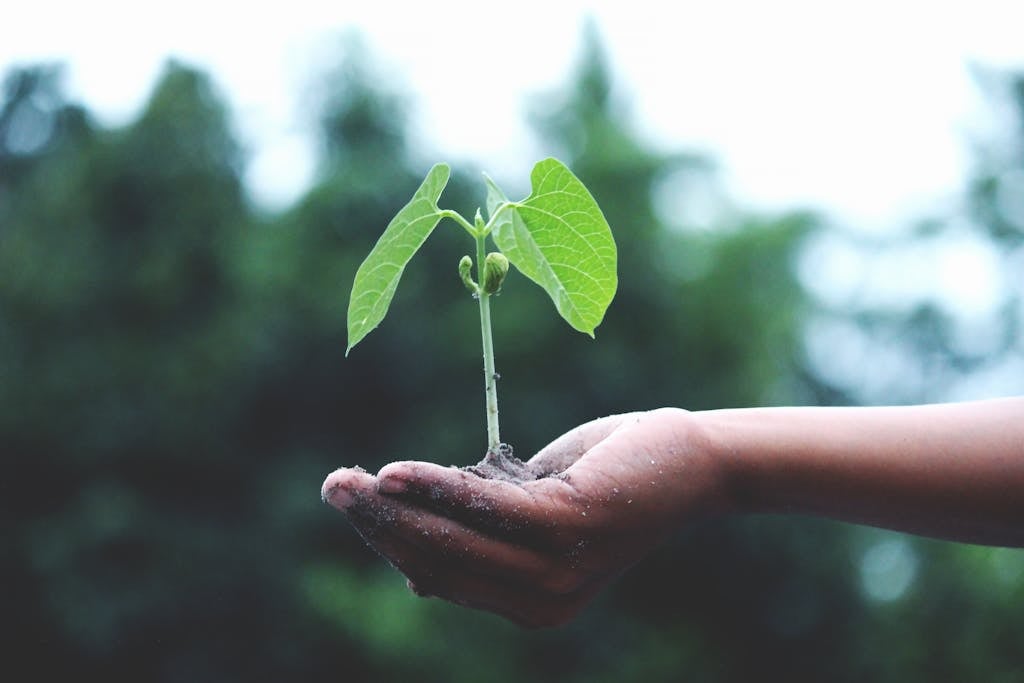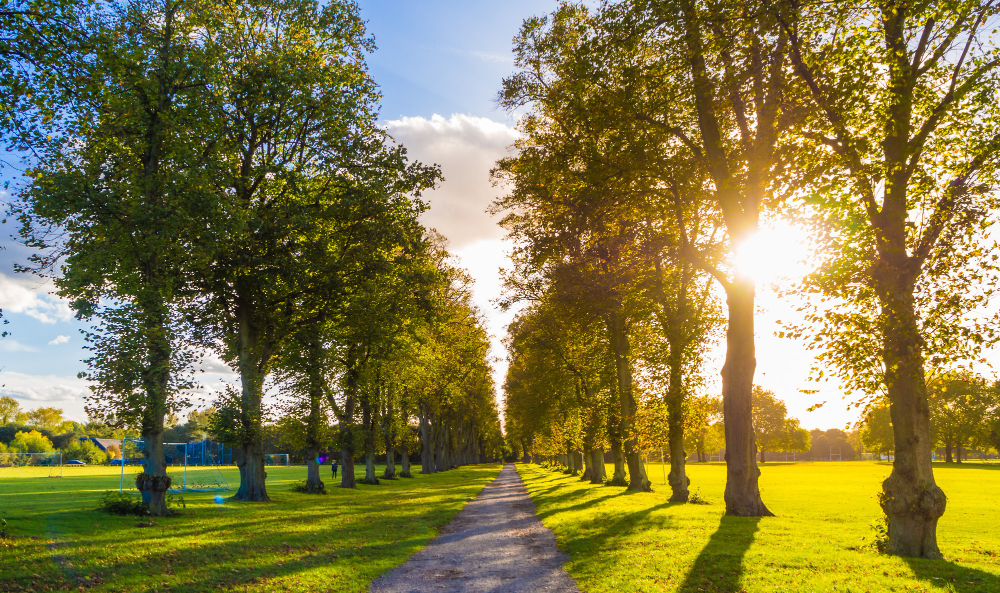Have you ever felt like your green thumb turns to stone in the challenging conditions of the Rockies? Planting in Colorado can be a daunting task, but fear not, for there are ways to conquer the harsh climate and rocky terrain.

By understanding the unique factors that come into play when gardening in this region, you can unlock the secrets to a thriving garden that will leave your neighbors in awe.
Explore the nuances of choosing the right plants, acclimating to the altitude, and mastering the art of soil preparation.
Choosing the Right Plants
When selecting plants for your Colorado garden, prioritize species that are well-suited to the region’s unique climate and soil conditions. Embracing native species is crucial for successful gardening in Colorado. Native plants have adapted over time to thrive in the specific environmental conditions of the region, making them resilient choices that require less maintenance once established.
Additionally, consider xeriscape options when planning your garden. Xeriscaping involves using drought-tolerant plants that can withstand Colorado’s arid climate, reducing the need for excessive watering. By incorporating xeriscape plants into your landscape, you not only conserve water but also create a sustainable and visually appealing garden.
When selecting native species and xeriscape options, ensure they’re compatible with Colorado’s soil conditions as well. Understanding the soil composition of your area will help you choose plants that can truly flourish in your garden, promoting a healthy and thriving outdoor space.
Understanding Colorado’s Climate
To successfully cultivate a thriving garden in Colorado, understanding the nuances of the state’s climate is paramount. Colorado’s climate is characterized by significant seasonal variations and diverse microclimates, making it essential to select plants with high adaptability to these conditions. The state experiences drastic temperature fluctuations due to its varying elevations, with lower elevations typically having milder winters and hotter summers, while higher elevations face cooler temperatures year-round.
The key to successful gardening in Colorado lies in choosing plants that can withstand these temperature changes and adapt to the specific microclimate of your garden. Native plants are generally a good choice as they’ve evolved to thrive in Colorado’s unique climate. Additionally, consider the USDA hardiness zone of your location to ensure the plants you select are suitable for the specific conditions in your area.
Soil Preparation Tips
For optimal garden success in Colorado, start by meticulously preparing your soil according to these expert tips. Begin by conducting a soil test to determine its pH level and nutrient composition. Based on the results, adjust the soil pH if necessary and choose the appropriate fertilizers to address any deficiencies. Colorado’s soil often lacks essential nutrients like nitrogen, phosphorus, and potassium, so fertilization is crucial for healthy plant growth.
Once you’ve amended the soil, consider adding a layer of mulch to help retain moisture, regulate soil temperature, and suppress weeds. Organic mulches like wood chips or straw can also break down over time, enriching the soil with valuable nutrients.
Additionally, consider aerating the soil to improve drainage and root penetration. Compacted soil can hinder plant growth, so aerating with a garden fork or mechanical aerator can promote healthier roots and overall plant vitality.
Watering Techniques
Optimal watering techniques in Colorado are essential for sustaining the healthy growth of your plants. Given the arid climate and high altitude in Colorado, deep watering is crucial to encourage strong root development and drought resistance. When watering, focus on soaking the soil to a depth of at least 6-8 inches to ensure that the water reaches the root zone where it’s most needed. This deep watering method encourages plant roots to grow deeper into the soil, making them more resilient to dry conditions.
Xeriscape gardening principles can also be beneficial in Colorado, where water conservation is key. Consider using drought-tolerant plants that require less water once established. Mulching around plants can help retain soil moisture and reduce evaporation, further aiding in water conservation efforts. Additionally, watering early in the morning or late in the evening can minimize water loss due to evaporation during the hotter parts of the day. By implementing these precise watering techniques, you can support the health and vitality of your plants in Colorado’s unique climate.
Dealing With High Altitude Challenges
When dealing with high altitude challenges in Colorado, adjusting your gardening practices becomes crucial for successful plant growth and maintenance. Due to the higher elevation in Colorado, frost protection is a key consideration. Be prepared to cover delicate plants or use frost cloth to shield them during sudden temperature drops, especially in the spring and fall when frost is more likely.
Selecting plants with good wind tolerance is also essential. High altitudes in Colorado often bring strong winds that can damage fragile plants. Look for species that are known for their ability to withstand windy conditions, such as ornamental grasses or coniferous trees. Additionally, consider creating windbreaks with fences or shrubs to shield more sensitive plants.
Conclusion
As you embark on your journey of planting in Colorado, remember that like a resilient wildflower pushing through the rocky terrain, with the right knowledge and care, your garden will flourish.
Embrace the challenges of the high altitude and unpredictable climate, and watch as your colorful blooms thrive, symbolizing the strength and beauty that can arise from adversity.
Happy gardening in the Rockies!








